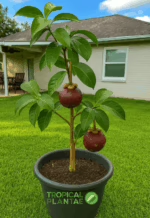
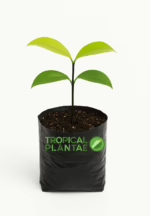



MANGOSTEEN FRUIT TREE (Garcinia mangostana)
$100.00 Original price was: $100.00.$49.99Current price is: $49.99.
The mangosteen tree, often called mangostan, is one of the most admired tropical fruit trees in the world, known for producing the famous purple fruit with sweet, delicate white segments inside. Bringing a mangosteen tree into your home or garden is choosing a future filled with beauty, purpose, and the joy of watching a rare tropical treasure grow under your care. Planting it today means that tomorrow already feels different—you wake up knowing you’ve started something meaningful that will continue rewarding you for many years.
Mangosteen has a natural elegance that immediately elevates any space. Even in its young stages, the tree displays glossy, deep green leaves that bring a refreshing tropical charm to your garden. Tomorrow, you’ll begin noticing how it settles into its new environment, how new leaves slowly unfold, and how the tree establishes itself with graceful growth. This simple process becomes part of your daily routine, adding calm and intention each time you walk by and see it developing.
As the tree matures, it becomes one of the most beautiful tropical species you can own. Its rounded canopy, rich foliage, and smooth branches create a serene presence that enhances your outdoor space year-round. Planting a mangosteen today sets the foundation for a future garden that feels fuller, greener, and more complete. The tree rewards constant patience, turning slow and steady growth into a long-term experience of nurturing and anticipation.
In warm tropical climates, the mangosteen thrives with consistent watering, partial sunlight, and rich, well-draining soil. Tomorrow’s seedling becomes next season’s taller tree and eventually a stunning piece of your landscape. Each stage offers small victories—new branches, thicker leaves, stronger roots—that remind you how your effort today leads to long-lasting beauty. Over time, it becomes a symbol of growth not only in your garden but also in your everyday life.
The most enchanting moment comes when the mangosteen begins to fruit. Known as the “queen of fruits,” mangosteen is celebrated for its sweet, fragrant, and delicate flavor that many people consider one of the best in the world. The deep purple exterior and pearly white interior make every harvest feel special. Imagine the future moment when you walk outside and pick a mangosteen grown by your own care—an experience that adds meaning to both your garden and your lifestyle. This fruit becomes more than food; it becomes a reward for your dedication, something you can enjoy, share, and take pride in.
Even before it produces fruit, the mangosteen tree enhances your environment simply by being present. Its evergreen foliage, symmetrical shape, and smooth glossy leaves make it one of the most attractive tropical trees you can plant. Tomorrow, it adds greenery. In the future, it adds stories, memories, and the joy of harvesting something truly unique.
Caring for the mangosteen tree creates a deeper connection with nature. You’ll find yourself paying attention to new details—how the leaves respond to sunlight, how the soil feels, how the branches develop. This mindful interaction enriches your daily life, giving you something positive to look forward to. The tree becomes a calming presence and a project that continues growing with you through the years.
In summary, planting a mangosteen tree today brings long-term beauty, satisfaction, and purpose to your outdoor space. It transforms your garden into a tropical sanctuary and gives you a future filled with anticipation, meaningful moments, and eventually, delicious fruit that few people ever get to grow themselves. Tomorrow is only the beginning—this tree will continue rewarding you for decades.
| Weight | 10 oz |
|---|---|
| Dimensions | 22 × 4 × 4 in |
| Planting Bag + Soil |
Planting bag + Soil ,I have soil and container |

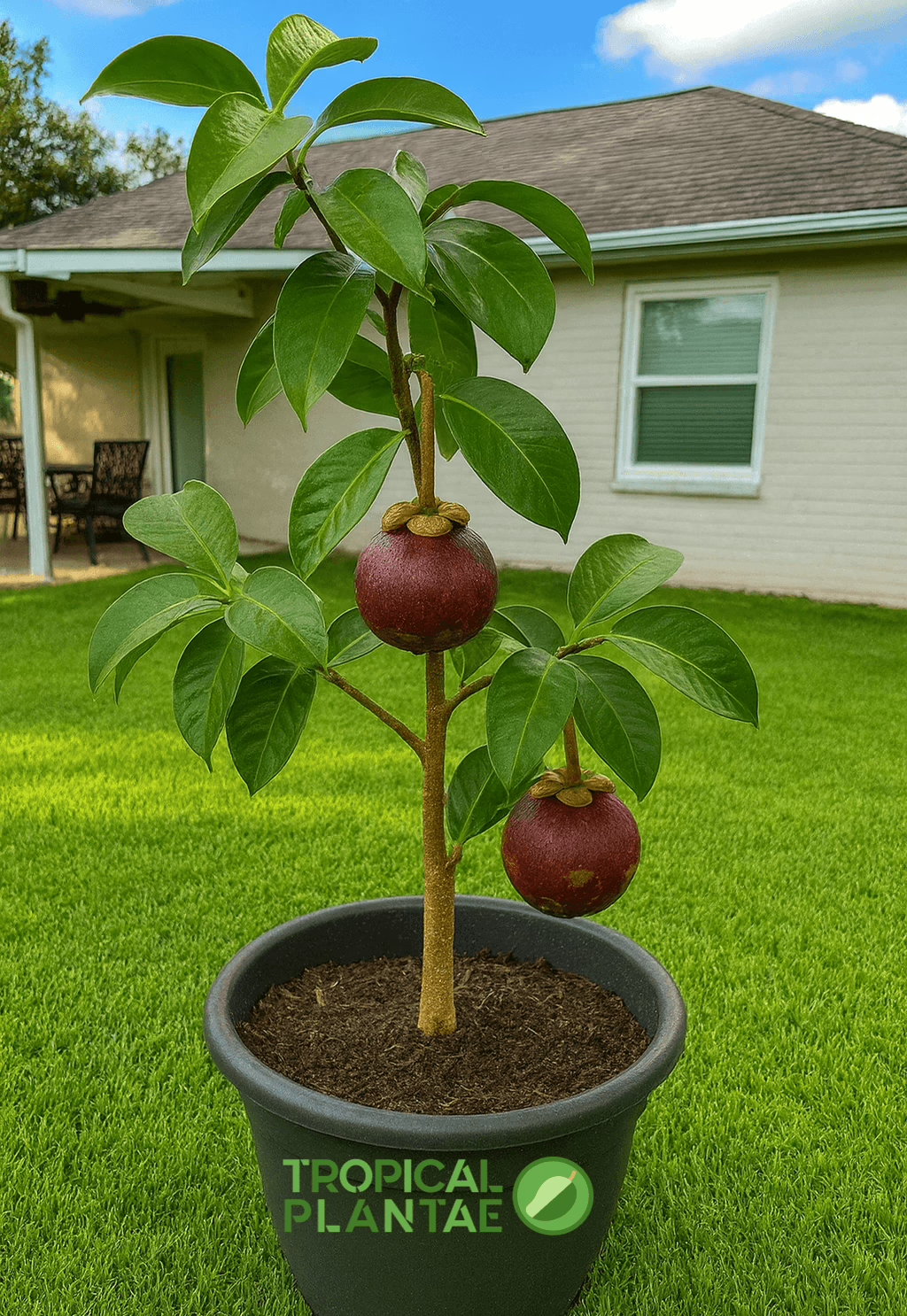
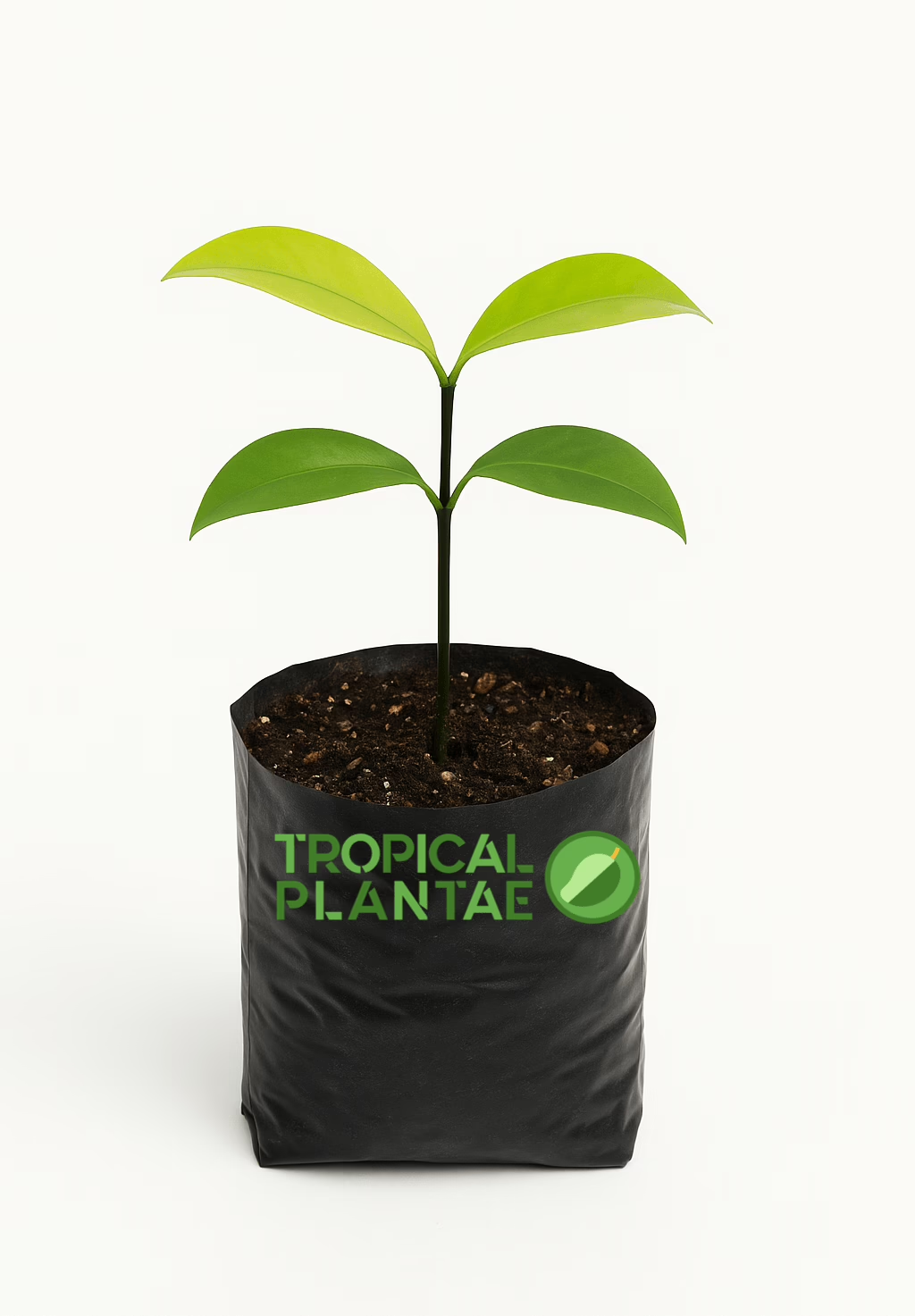
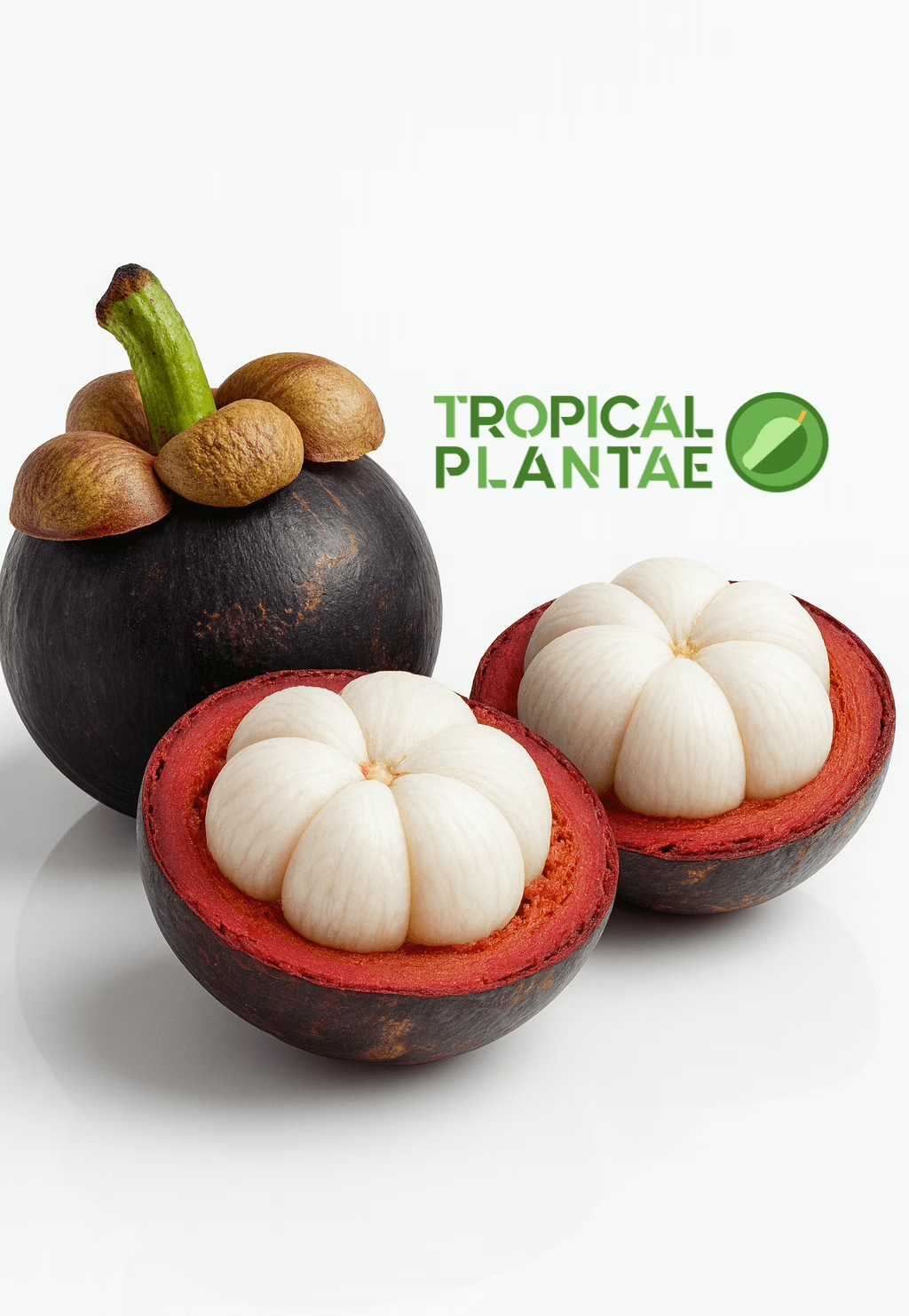




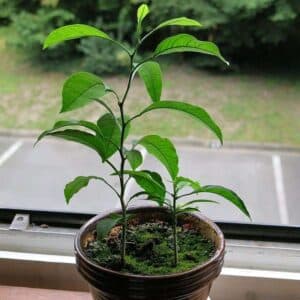

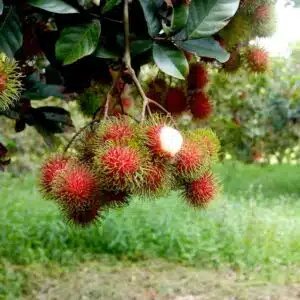
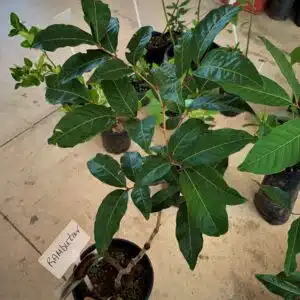
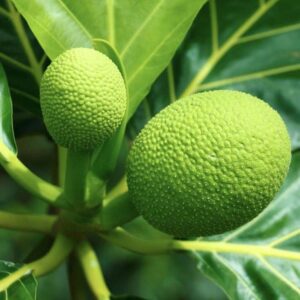
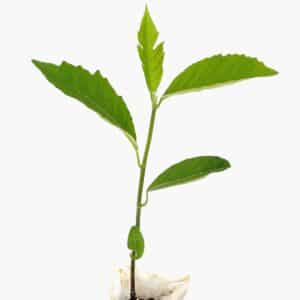
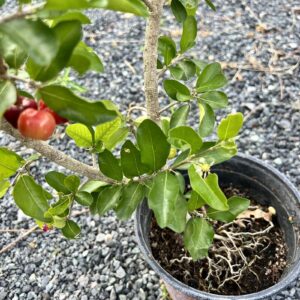
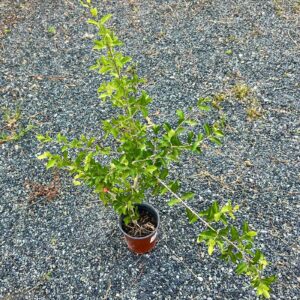



Reviews
There are no reviews yet.